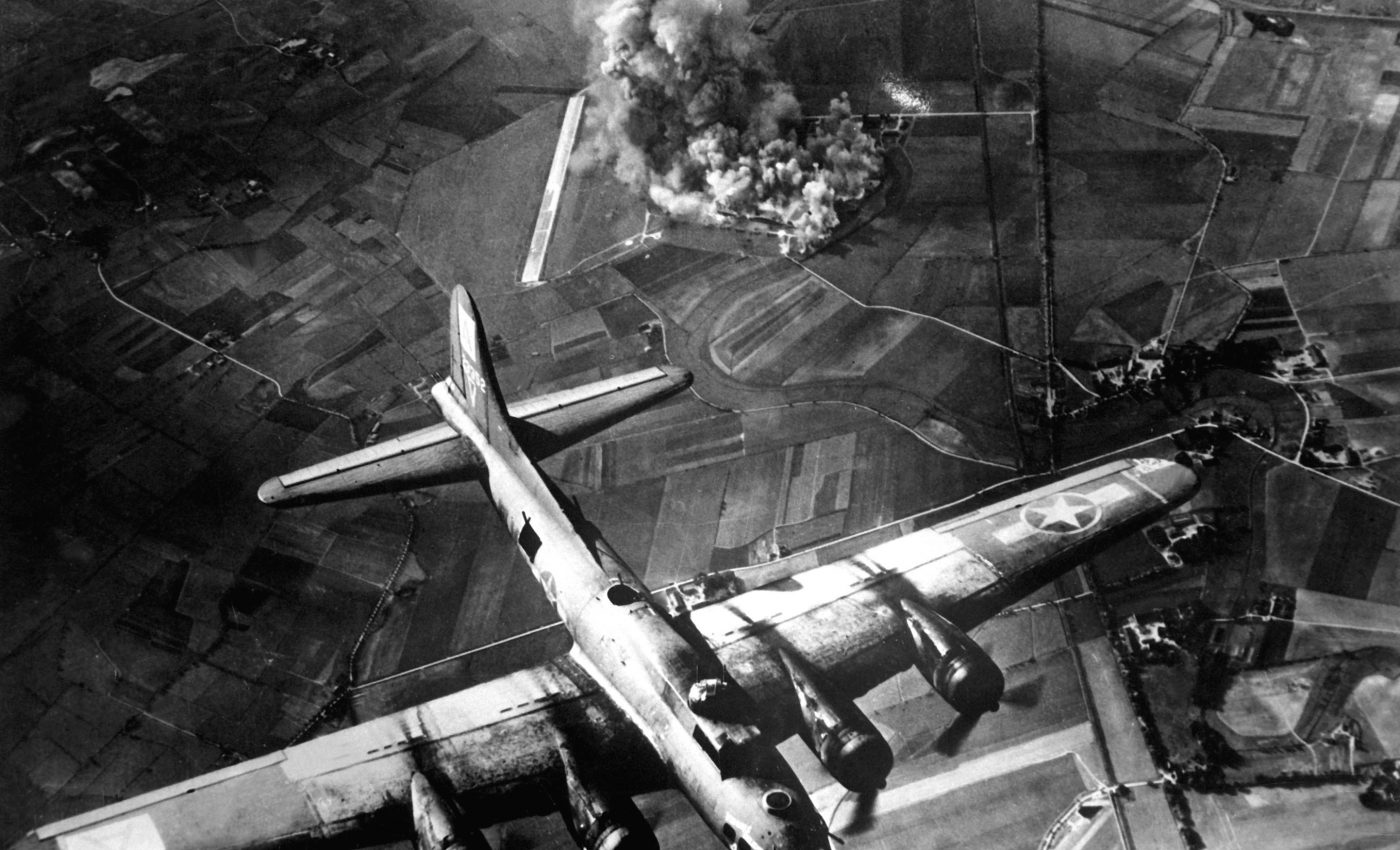
Shockwaves from WW2 bombing raids reached the edge of space
Researchers at the University of Reading have found that the impact of World War II bombing raids could be felt at the edge of outer space. As the Allied forces detonated massive bombs across European cities, the shockwaves forcefully ripped through the Earth’s atmosphere.
The scientists found evidence that the shockwaves weakened the electrified upper atmosphere, or the ionosphere, 1000 kilometers away. The findings will be used to better understand how Earth’s upper atmosphere is affected by natural forces from below, including earthquakes, volcanic eruptions, and lightning.
Study co-author Chris Scott is a professor of Space and Atmospheric Physics.
“The images of neighborhoods across Europe reduced to rubble due to wartime air raids are a lasting reminder of the destruction that can be caused by man-made explosions,” said Professor Scott.”But the impact of these bombs way up in the Earth’s atmosphere has never been realized until now.”
“It is astonishing to see how the ripples caused by man-made explosions can affect the edge of space. Each raid released the energy of at least 300 lightning strikes. The sheer power involved has allowed us to quantify how events on the Earth’s surface can also affect the ionosphere.”
The team reviewed daily records at the Radio Research Centre in Slough, UK, collected between 1943 and 1945. The researchers also sent sequences of radio pulses to heights of 100 to 300 kilometers above the Earth’s surface. This revealed the height and electron concentration of ionisation within the upper atmosphere.
While it is known that the strength of the ionosphere is strongly influenced by solar activity, there are far more variables that cannot yet be explained using current models. The ionosphere itself affects a range of modern technologies such as radio communications, GPS systems, radio telescopes, and some early warning radar.
The investigation was focused on the ionosphere response records during 152 large Allied air raids in Europe. The analysis showed that the electron concentration in the ionosphere significantly dropped after the bombs exploded near the Earth’s surface.
“Aircrew involved in the raids reported having their aircraft damaged by the bomb shockwaves, despite being above the recommended height,” said study co-author Professor Patrick Major.
“Residents under the bombs would routinely recall being thrown through the air by the pressure waves of air mines exploding, and window casements and doors would be blown off their hinges. There were even rumors that wrapping wet towels around the face might save those in shelters from having their lungs collapsed by blast waves, which would leave victims otherwise externally untouched.”
“The unprecedented power of these attacks has proved useful for scientists to gauge the impact such events can have hundreds of kilometers above the Earth, in addition to the devastation they caused on the ground.”
The study is published in the journal Annales Geophysicae.
—
By Chrissy Sexton, Earth.com Staff Writer
Image Credit: US Air Force













